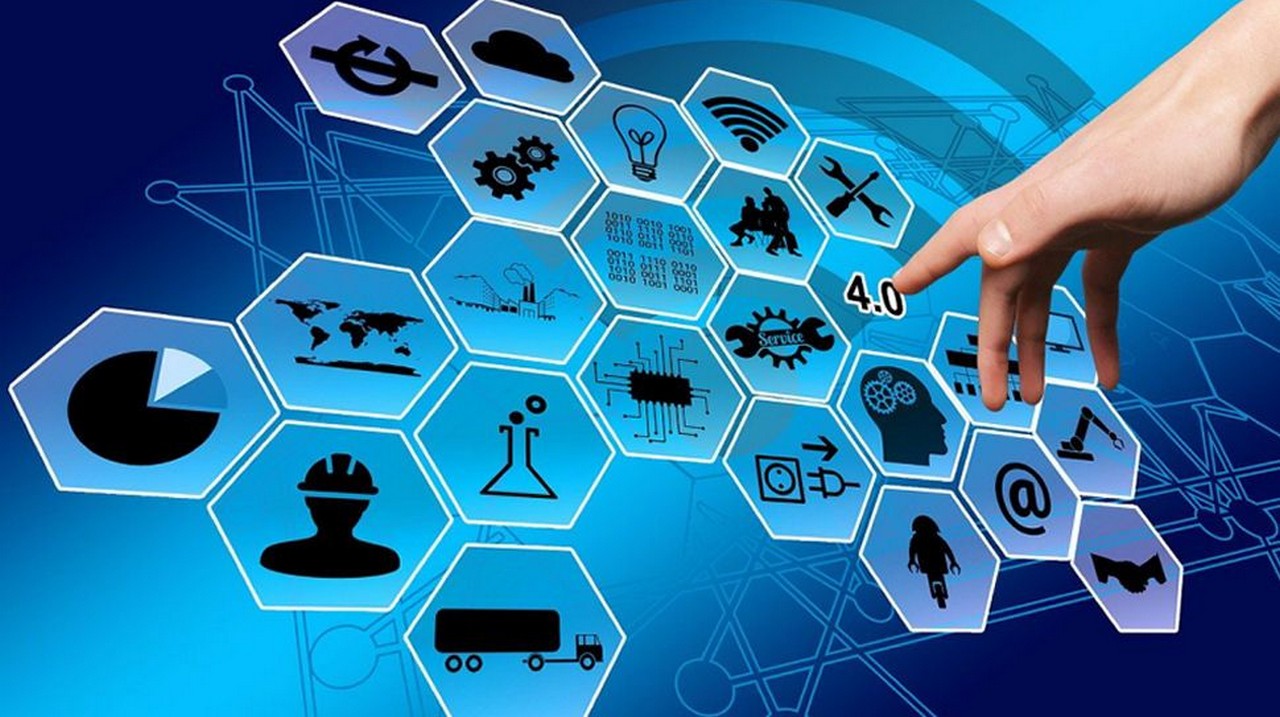Business 4.0 has been a bedrock of innovation for not less than the final decade. Now, as generative AI, superior Machine Studying, and modelling algorithms turn out to be extra accessible with “off-the-shelf” applied sciences, questions are being raised in regards to the worth – and dangers – synthetic intelligence may convey to the sector.
As industries embrace the Web of Issues (IoT), AI has emerged as a transformative drive, enhancing operational efficiencies, providing predictive capabilities, and paving the way in which for simpler strategic decision-making in unprecedented methods. In manufacturing alone, spend on AI is predicted to achieve $9.8 billion by 2027 – a CAGR of just about 25% through the forecast interval.
Industries clearly see the worth of AI relating to harnessing IoT successfully. Nevertheless, this development additionally brings with it advanced safety challenges and moral dilemmas. Allow us to delve into these twin views of AI in industrial IoT, exploring how its integration is reshaping the trade whereas concurrently elevating essential questions on cybersecurity and moral issues.
The Upside of AI on Industrial IoT
The transformative affect of AI within the industrial IoT house extends throughout a wide range of use instances, every demonstrating its energy to streamline and innovate. For example, in manufacturing, AI-driven predictive upkeep isn’t just about early fault detection; it’s about understanding patterns that result in put on and tear, extending the general lifespan of equipment. In provide chain administration, AI algorithms transfer past fundamental inventory management, providing real-time monitoring and predictive analytics for environment friendly stock administration and a responsive method to demand fluctuations. High quality management, one other essential space, can also be revolutionized by AI’s capacity to carry out high-precision inspections at speeds unattainable by human employees.
Antoinette Hodes
Antoinette Hodes, International Options Architect and Evangelist, Examine Level Software program.
These implementations showcase AI’s capability not solely to optimize present processes but in addition to open new avenues for operational excellence and strategic foresight within the industrial sector. But, for all these groundbreaking benefits, companies owe it to themselves to tread fastidiously earlier than deploying AI as a part of their IoT ecosystems.
Safety Challenges in AI-Enhanced Industrial IoT
As AI propels the economic IoT into new frontiers, it concurrently broadens the assault floor, introducing distinctive safety challenges. The complexity of IoT ecosystems, mixed with AI’s data-intensive nature, creates vulnerabilities that may be exploited by cyber threats. These vulnerabilities vary from unauthorized entry to delicate knowledge, to potential hijacking of networked industrial methods. The interconnectedness inherent in IoT implies that a breach in a single node can have cascading results, compromising the integrity of whole networks. This was evidenced on the Taiwan Semiconductor Manufacturing Firm (TSMC) whose operations needed to be shutdown following a WannaCry assault, hitting their $255m income.
Addressing these safety challenges requires a multifaceted method. First, it’s essential to implement strong cybersecurity protocols particularly tailor-made for the IoT setting. This contains common updates to safety algorithms, safe knowledge encryption strategies, and vigilant community monitoring for any indicators of intrusion. Moreover, there may be an pressing want for a proactive technique that anticipates potential threats and mitigates dangers earlier than they materialize. This includes not solely superior technological options but in addition a robust emphasis on coaching personnel to acknowledge and reply to safety threats, making a complete protection in opposition to the multifaceted dangers offered by AI in industrial IoT.
Are you a professional? Subscribe to our publication
Signal as much as the TechRadar Professional publication to get all the highest information, opinion, options and steerage what you are promoting must succeed!
Navigating the Dangers
Navigating the dangers and challenges related to AI in industrial IoT environments includes addressing each technical and moral issues. Technically, AI can turn out to be a goal for cyberattacks, with the potential to trigger vital disruptions in operational know-how environments. Making certain the reliability of AI methods within the face of corrupted knowledge can also be important, as false positives or negatives in decision-making can have far-reaching penalties. Moral challenges embody managing the privateness issues related to the huge quantities of knowledge processed by AI methods and addressing potential biases in AI algorithms.
To successfully handle these challenges, a complete method is required. Cybersecurity measures have to give attention to defending AI methods from assaults and guaranteeing their dependable operation. This includes growing strong safety protocols that may adapt to the evolving nature of cyber threats. On the moral entrance, laws and pointers needs to be established to advertise transparency, accountability, and equity in AI purposes. This contains addressing knowledge safety, mitigating biases, and guaranteeing that AI methods function inside moral boundaries. Such measures might be essential in sustaining belief in AI methods and guaranteeing their helpful use in industrial IoT environments.
Methods for mitigating danger
To successfully mitigate the dangers related to AI in industrial IoT, it’s important to undertake a proactive and complete safety technique. This includes implementing safety controls primarily based on ideas of zero belief and 0 tolerance, guaranteeing that each part inside the IoT ecosystem is verified and safe. Moreover, integrating good cyber hygiene practices throughout the board is essential to safeguard the integrity of AI methods and the info they deal with. These practices embody common system updates, thorough danger assessments, and diligent monitoring for potential vulnerabilities.
Past technical measures, regulatory frameworks such because the EU AI Act play a pivotal function in addressing the broader implications of AI in industrial IoT. These laws ought to give attention to important points corresponding to knowledge safety, bias prevention, transparency, and accountability in AI purposes. The event of moral pointers for AI can also be crucial to make sure that its deployment aligns with societal values and privateness issues. By combining strong safety measures with considerate regulation, industries can harness the complete potential of AI in IoT whereas sustaining a safe and moral operational setting.
As AI continues to evolve inside the industrial IoT panorama, its potential to revolutionize the sector is boundless. The longer term might see AI not simply as a device for effectivity and safety, however as a collaborator in innovation, shaping the very material of commercial processes. This synergy of AI and IoT is poised to unlock new ranges of creativity and effectivity, heralding an period the place know-how and human ingenuity converge to redefine the probabilities in industrial operations – however provided that companies can stroll the road between worth and danger successfully.
We have listed the very best patch administration software program.
This text was produced as a part of TechRadarPro’s Knowledgeable Insights channel the place we function the very best and brightest minds within the know-how trade right now. The views expressed listed here are these of the creator and should not essentially these of TechRadarPro or Future plc. In case you are focused on contributing discover out extra right here: https://www.techradar.com/information/submit-your-story-to-techradar-pro





